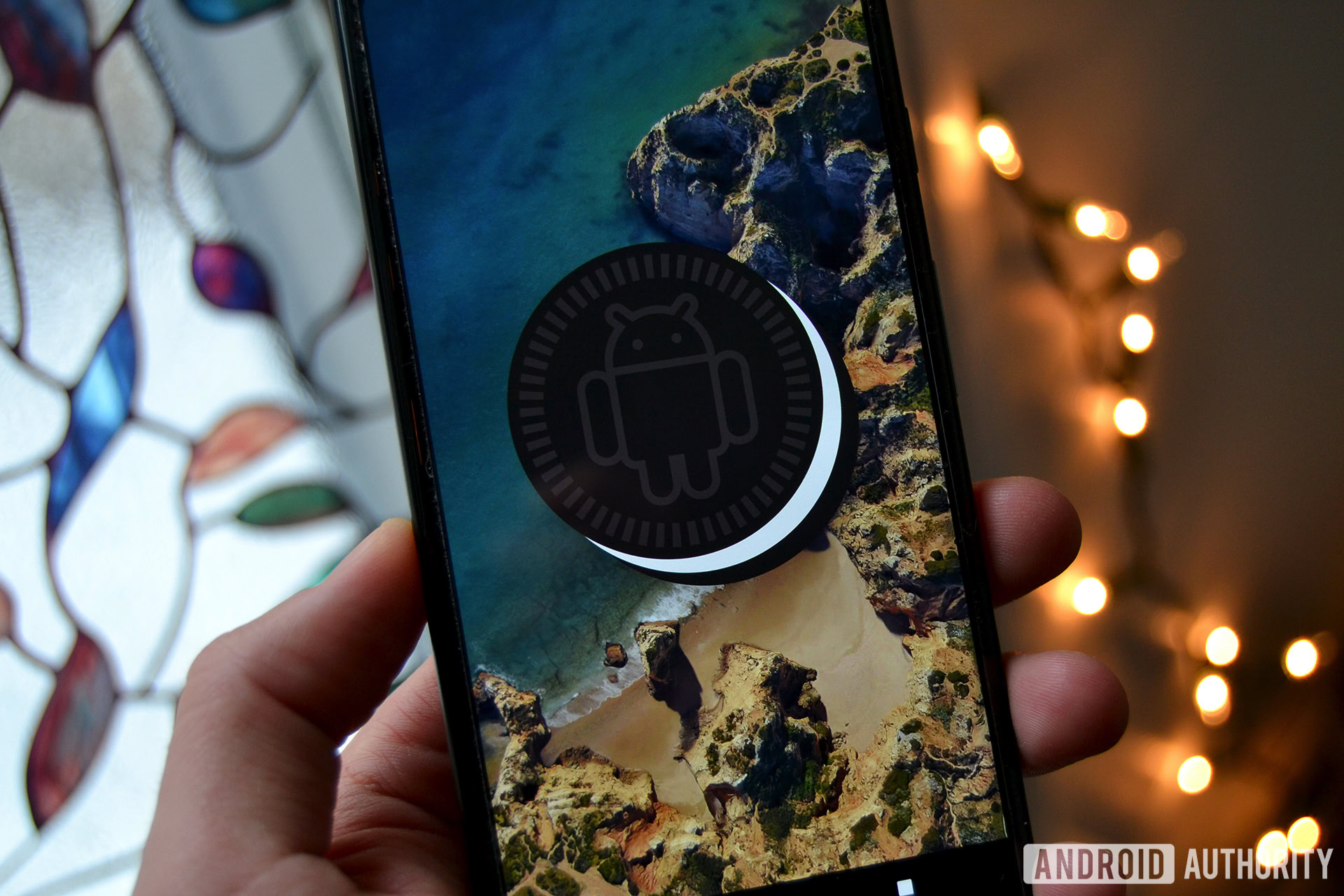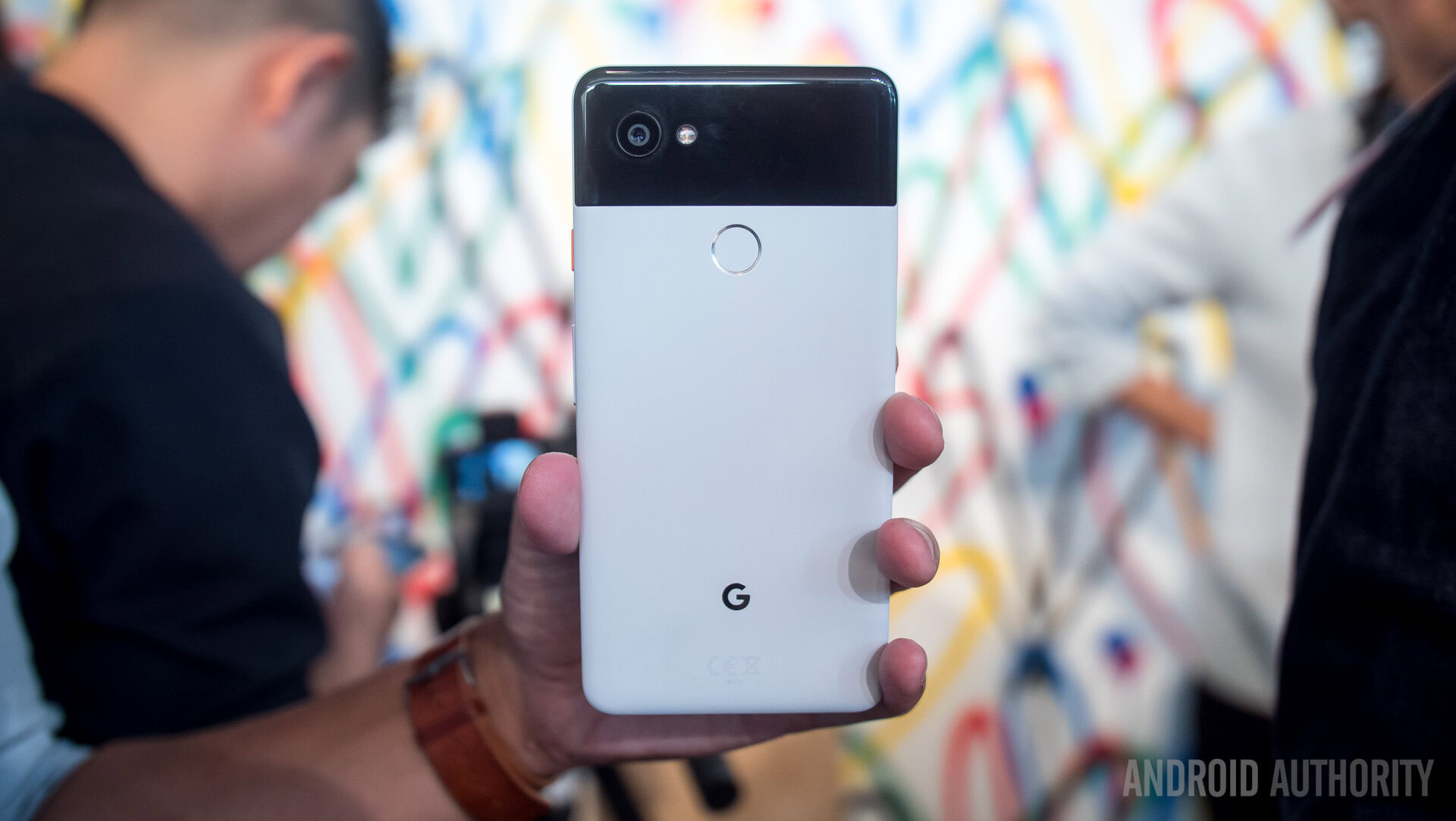Affiliate links on Android Authority may earn us a commission. Learn more.
Android 8.1 Oreo bug causing overcharging on Pixel XL (Update: Fix incoming)
March 21, 2018

Update (03/21): Google’s Head of Safety and Compliance Engineering for Google Consumer Hardware, John McNulty, has chimed in on the issue (via Android Police):
Thank you for submitting information on this bug. Our engineering team has verified a fix that will be rolling out in the coming weeks to prevent this from occurring.Tests run by our safety engineers have also confirmed that even if a momentary overcurrent draw of the kind described were to occur in normal-use conditions, it would not pose a safety hazard. In addition, Pixel XL was designed with multiple layers of safety protections to further prevent overheating:
We will be sure to update this article whenever Google rolls out the fix.
Original coverage (03/19): Some original Google Pixel XLs are suffering from a charging bug that sees them receive more power than they should. The problem was brought to our attention by a Reddit post (via Android Police) created last week, where users discussed the potentially dangerous issue.
The problem is said to have occurred following the Android 8.1 Oreo update; when charging with the supplied charge cable, some Pixel XLs are drawing 25W (9V/2.8A) of power instead of the 18W (9V/2A) that they should.

The charger will then drop the current (it’s designed to avoid overcharging) before attempting to resume the intended power delivery again. It’s said that this cycle can happen multiple times before the charging settles at the correct level—if you’ve spotted the “charging rapidly” notification pop up a few times when plugging in your charger, that’s why.
The problem was raised in Google’s dedicated issue tracker at the end of January where it was suggested that it was “an issue with the battery charge controller logic” introduced in Android 8.1. A solution hasn’t yet been provided, though it’s something that seems like it should be prioritized—many of you will be aware of the damage that can be caused from power/battery mismanagement.
For those who are affected, you can try using a charger with a different spec until a patch is issued. Manufacturers generally recommend using the supplied charge cable with electronics devices, but another reliable USB Type-C charger might not create the same problem.
Thank you for being part of our community. Read our Comment Policy before posting.